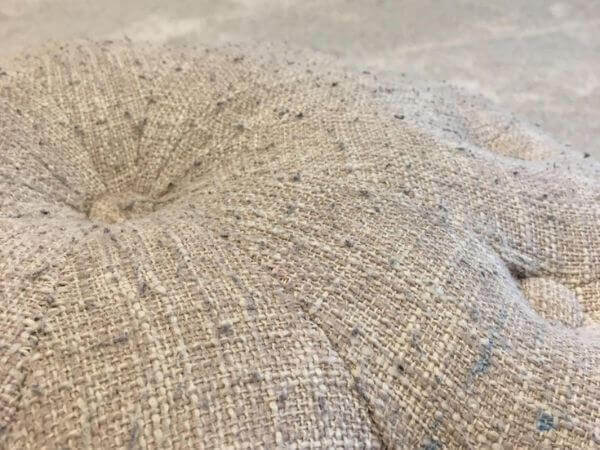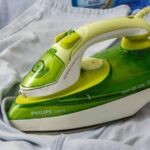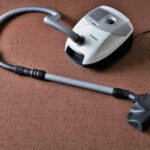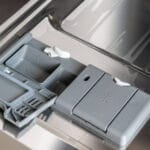You have probably had an encounter with small unattractive balls of fiber that develop on the surface of clothes, bedsheets and upholstery. They are known as pills, lint balls, or fuzz. The process in which they develop is known as fabric pilling.
Fabric Pilling
In summary, pilling is a common wear and tear problem that is mostly linked to knitted fabrics. However, even for these, the rate at which the process occurs differs. In general, cellulose fiber blended fabrics manifest a higher likeliness to pill.
Pilling Causes
The causes of pilling can be grouped into fabric-related issues and human action.
Examples of fabric-related issues that lead to pilling include fabric strength, fiber fineness and fiber length.
Fibre Strength: Strong fibers are more prone to pilling compared to weak fibers. Ideally, their structure responds to increased wear with shedding instead of wearing off.
On the contrary, weak fibres have a rate of wear and tear that goes hand in hand with the pilling rate.
Strong fibres are also more resistant to friction which makes them pill instead of getting worn out.
Fibre Length: The length of fiber determines its rate of resistance to friction. Long fibres are more resistant to friction compared to short fibres. Accordingly, short fibres have a tendency to pill more than long fibres.
Fibre Fineness: Fine fiber pills easily because its threads get tangled easily when subjected to friction.
Examples of human actions that cause pilling include washing and wearing of clothes.
Washing: Washing leads to friction and it can also cause abrasion.Both of these factors have the potential to cause pilling. Mistakes made during washing can also lead to pilling.
On a different note, all fabrics are not designed for similar washing conditions. There some that are more suited for machine washing whereas others are better off hand washed. There is also a category that falls under dry-cleaning.
Although manufacturers provide this vital information on the clothing tags, washing mistakes such as mixing the wrong garments, using the wrong detergents and following the wrong wash procedure are not uncommon and they can easily lead to fabric pilling.





